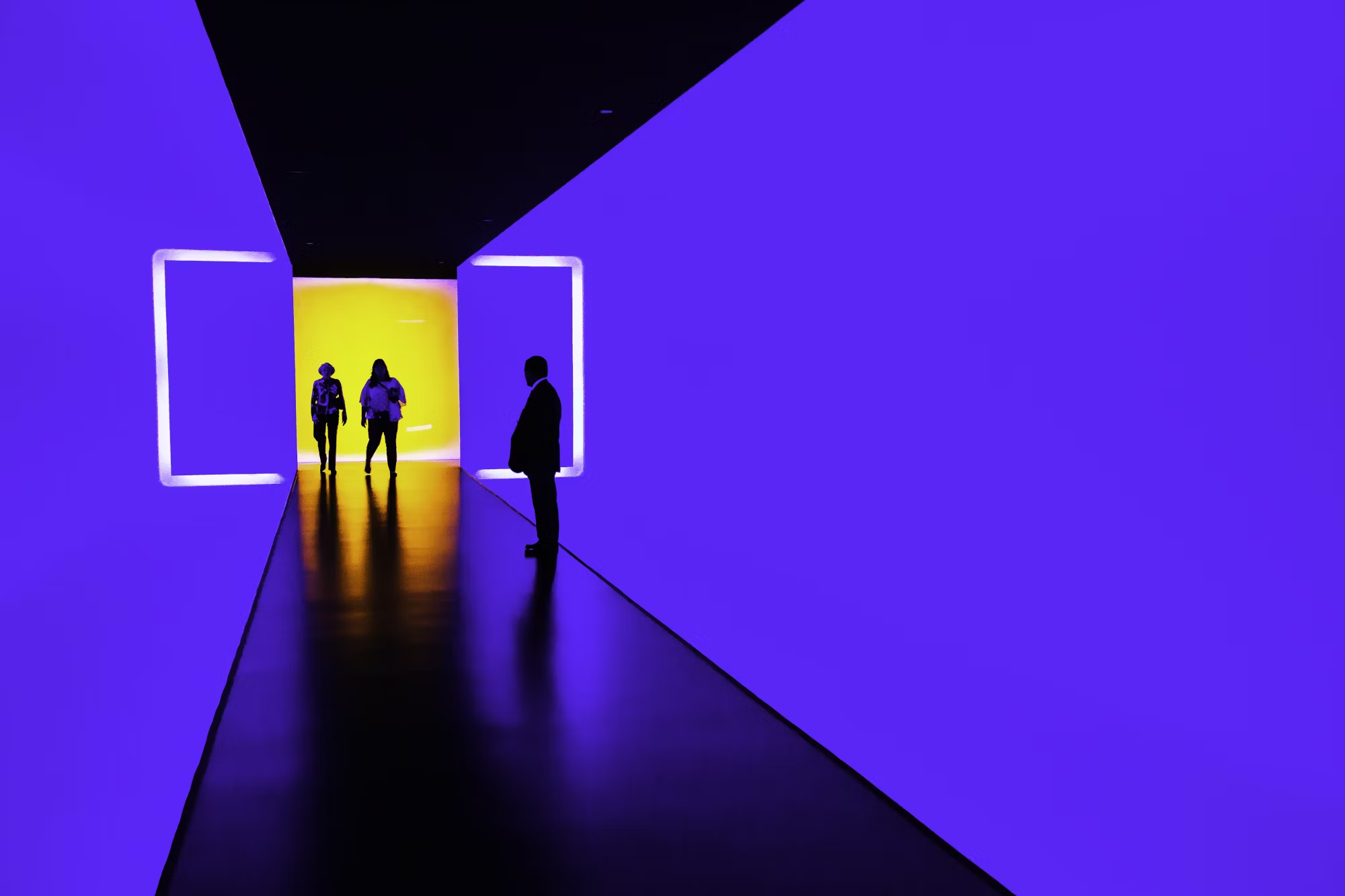The Art of Cinematic Storytelling: Crafting Narratives on Screen
An exploration of the techniques and elements that make cinematic storytelling a unique and powerful

Cinematic storytelling is an intricate art that combines visual imagery, sound, and narrative to create immersive experiences. Unlike traditional literature, film employs a variety of techniques to engage audiences, drawing them into a world where stories come alive. This article examines the essential components of cinematic storytelling, highlighting how filmmakers craft narratives that resonate deeply with viewers.
At the heart of any compelling film lies a strong narrative structure. Most films follow a classic three-act structure: setup, confrontation, and resolution. This framework provides a blueprint that helps to develop characters, plot, and themes. In the setup, the audience is introduced to the characters and their world, establishing the stakes and context. The confrontation escalates the conflict, challenging the characters and pushing them to their limits. Finally, the resolution ties up loose ends and delivers a satisfying conclusion. This structure, while traditional, allows for creativity within a familiar format, helping audiences to navigate complex narratives with ease.
Character development is another crucial aspect of storytelling in film. Audiences connect with characters on an emotional level, making their journeys and growth essential to the narrative. Filmmakers often employ techniques such as backstory, dialogue, and visual cues to flesh out characters. A well-developed character arc can transform an ordinary story into a compelling one. For example, in “The Pursuit of Happyness” (2006), the protagonist’s struggle against adversity creates an emotional resonance that captivates viewers, allowing them to root for his success.
Visual storytelling plays a significant role in conveying emotions and themes in cinema. Filmmakers utilize cinematography, color palettes, and composition to enhance the narrative. The choice of camera angles and movement can dictate how the audience perceives a scene. For instance, close-up shots can convey intimacy or tension, while wide shots establish context or isolation. Additionally, color can evoke specific feelings; warm tones may suggest comfort, while cooler hues might indicate sadness. The visual language of film allows filmmakers to communicate complex ideas without relying solely on dialogue, creating a richer storytelling experience.
Sound design is equally vital in crafting cinematic narratives. The interplay of dialogue, sound effects, and music shapes how audiences perceive the story. Dialogue provides essential information about characters and plot, while sound effects immerse viewers in the film’s world. Music, particularly the score, enhances emotions, guiding the audience’s feelings throughout the narrative. Iconic scores, like those composed by John Williams for films such as “Star Wars” and “Indiana Jones,” have become synonymous with the stories they accompany, underscoring the importance of sound in storytelling.
Themes serve as the backbone of any film, providing deeper meanings that resonate with viewers. Filmmakers often explore universal themes such as love, loss, identity, and redemption, making their stories relatable across cultures and generations. A film like “The Shawshank Redemption” (1994) delves into themes of hope and friendship, illustrating how these concepts can be portrayed powerfully through visual storytelling. By weaving themes into the narrative, filmmakers invite audiences to reflect on their own experiences, fostering a deeper connection with the film.
The role of pacing and editing cannot be understated in cinematic storytelling. The rhythm of a film affects its emotional impact and narrative flow. Effective editing creates a seamless transition between scenes, allowing the story to unfold naturally. Techniques such as cross-cutting and montages can build tension or convey complex ideas succinctly. For instance, in “Mad Max: Fury Road” (2015), rapid editing and pacing contribute to the film’s high-octane energy, immersing viewers in its chaotic world. The editor’s choices shape the audience’s experience, making it essential to the storytelling process.
Moreover, cultural context plays a significant role in how stories are perceived. Filmmakers often draw from their backgrounds, experiences, and cultural heritage, infusing their narratives with unique perspectives. Films like “Crouching Tiger, Hidden Dragon” (2000) showcase the beauty of Chinese culture while exploring universal themes of love and honor. By incorporating cultural elements, filmmakers enrich their stories, allowing audiences to engage with diverse perspectives and experiences.
In recent years, the rise of streaming platforms has transformed how stories are told in cinema. With the ability to binge-watch series, filmmakers are exploring longer narrative arcs that develop characters and plots over multiple episodes. Shows like “The Crown” and “Stranger Things” allow for intricate storytelling, offering deeper character development and complex narratives that traditional films may struggle to achieve in a limited time frame. This evolution demonstrates the adaptability of storytelling across different mediums, providing new opportunities for creators.
As technology continues to advance, filmmakers are pushing the boundaries of cinematic storytelling. Virtual reality (VR) and interactive films are emerging, allowing audiences to experience stories in unprecedented ways. Projects like “Black Mirror: Bandersnatch” have introduced interactive storytelling, where viewers make choices that affect the outcome of the narrative. This innovative approach invites audiences to engage actively with the story, blurring the lines between viewer and participant. The potential for immersive storytelling is vast, promising exciting developments for the future of cinema.
In conclusion, cinematic storytelling is a multifaceted art form that combines various techniques to create immersive experiences. From strong narrative structures and character development to visual aesthetics and sound design, each element plays a crucial role in shaping how stories are told and experienced. As filmmakers continue to explore new technologies and cultural contexts, the art of storytelling in cinema will undoubtedly evolve, captivating audiences and inspiring future generations. Whether through traditional narratives or innovative formats, the magic of storytelling remains at the heart of the cinematic experience.




